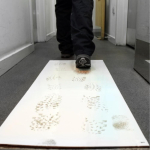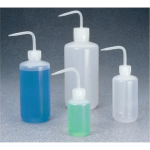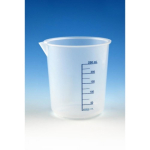Application
Research CategoryCancerOncology
This product is intended for sale and sold solely to academic institutions for internal academic research use per the terms of the “Academic Use Agreement” as detailed in the product documentation. For information regarding any other use, please contact licensing@emdmillipore.com.
TPC-1 human papillary thyroid carcinoma cell line is a highly characterized model for thyroid cancer research.
Cell Line Description
Cancer Cells
Disclaimer
Unless otherwise stated in our catalog or other company documentation accompanying the product(s), our products are intended for research use only and are not to be used for any other purpose, which includes but is not limited to, unauthorized commercial uses, in vitro diagnostic uses, ex vivo or in vivo therapeutic uses or any type of consumption or application to humans or animals.
General description
TPC-1 is a widely published and well-characterized cell line isolated from a papillary thyroid carcinoma of a female patient (6). The genome of TPC-1 contains the RET/PTC1 rearrangement found in approximately 20% of sporadic papillary carcinomas in adults (2). TPC-1 harbors a silent polymorphism in H-RAS, and is wild-type for sequences of BRAF, CNBB1, EGFR, K-RAS, RAF-1, PI3K, and TRHB (3). TPC-1 cells produce thyroglobulin (Tg) as well as expressing the thyroid differentiation marker PAX8 and the tumor progression factor podoplanin (4). In addition, TPC-1 has been utilized as an in vitro model for human cytomegalovirus latency, a potential contributor for certain human cancers (5). The TPC-1 cell line is thus an excellent system for investigating mechanisms of thyroid carcinogenesis.
Quality
Each vial contains ≥ 1X106 viable cells.
Cells are tested negative for infectious diseases by a Human Essential CLEAR panel by Charles River Animal Diagnostic Services.
Cells are negative for mycoplasma contamination.
Cells are verified to be of human origin and negative for inter-species contamination from mouse, rat, chinese hamster, Golden Syrian hamster, and non-human primate (NHP) as assessed by a Contamination CLEAR panel by Charles River Animal Diagnostic Services.
Each lot of cells is genotyped by STR analysis to verify the unique identity of the cell line.
Storage and Stability
Store in liquid nitrogen. The cells can be cultured for at least 10 passages after initial thawing without significantly affecting the cell marker expression and functionality.












